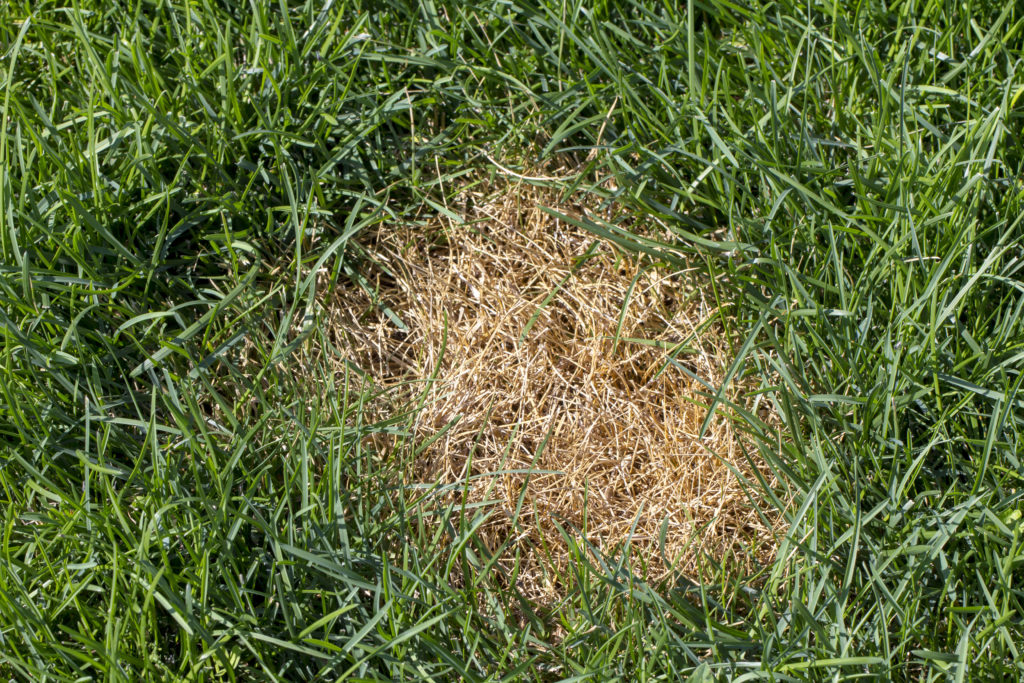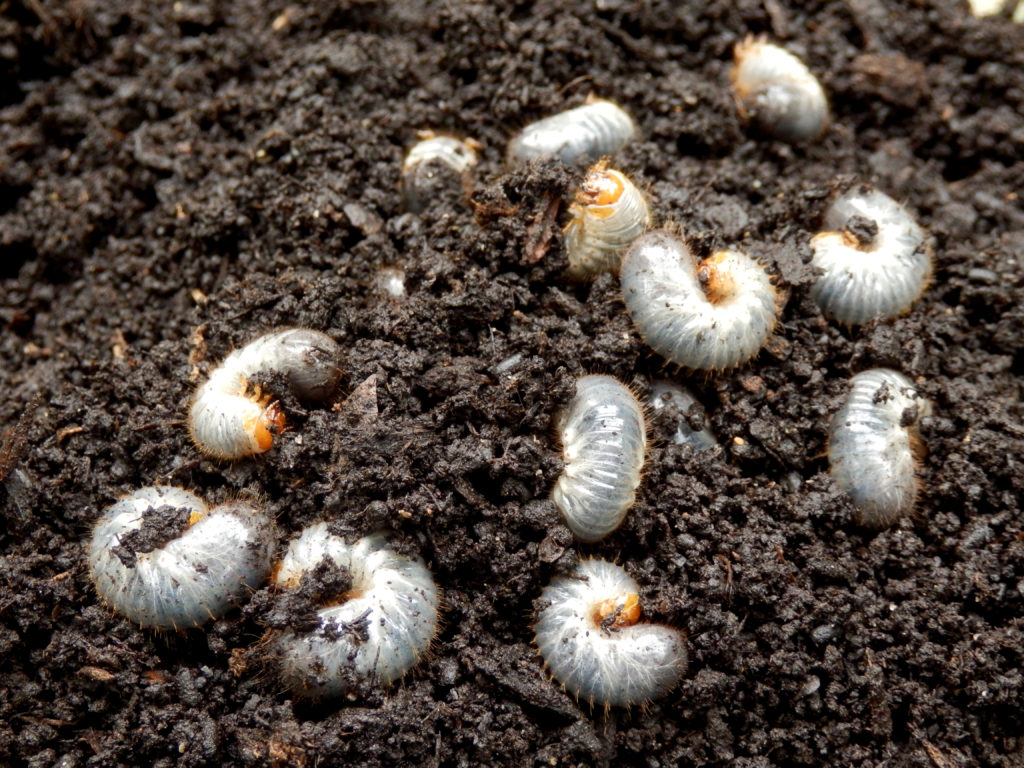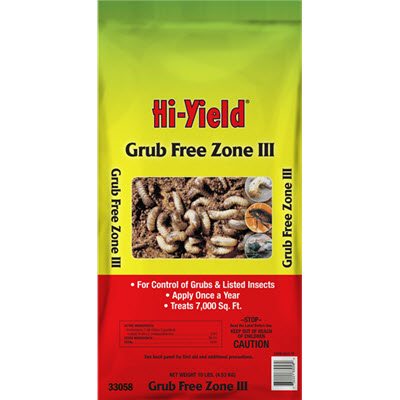
Grub Control for Lawn Health and Maintenance
Posted by Grange Co-op on 26th Mar 2019
Damage from grubs can be easily misdiagnosed. They are unseen pests creating patchy dead spots of grass that often look similar to drought. This GrangeKnows article will provide you the tips and methods necessary for proper grub control.
 THE LIFE CYCLE OF LAWN GRUBS
THE LIFE CYCLE OF LAWN GRUBS
The most common lawn grub in the Pacific Northwest is the larvae of the European Crane Fly. These pests prefer to feed on the roots, emerging stems and leaves of grass plants. Adults emerge from grasses in late summer and fall, mating within 24 hours. Their eggs hatch within days and larvae feed on turfgrass roots and crowns during the fall. In mid-May they pupate into adults and the life cycle begins all over again. Of
 course, the European crane fly is not the only grub to cause damage towards lawns. If you are researching information on grubs, first search what type of lawn grubs are most prevalent in your region and treat accordingly.
course, the European crane fly is not the only grub to cause damage towards lawns. If you are researching information on grubs, first search what type of lawn grubs are most prevalent in your region and treat accordingly.
IDENTIFYING LAWN GRUBS
Grub damage can take different forms and can be easily confused with various lawn diseases. The easiest way to tell if grubs are the problem is by checking the condition of the grass roots. Since grubs eat the roots, the dead grass will rake up with little resistance. Additionally, since grubs are a main food source for moles, their presence may indicate a problem as well.
GRUB PREVENTION
The best way to deal with grubs is to kill them before they begin damaging your lawn. One application of grub control between March and May will prevent unsightly damage all season long.
Many turf problems can be minimized (if not prevented altogether) by promoting a lush, well fed, healthy lawn. We recommend Rogue All Season 23-3-13, Grange Co-op’s controlled-release lawn food with iron fertilizer. Formulated for all seasons and made in Central Point, Oregon, this fertilizer is key to maintaining a thick and healthy lawn.

While grubs have the potential to wreak havoc, don’t be alarmed if you find a few in your yard. This is completely normal. A healthy lawn can easily support a grub population of five, to as many as nine, per square foot! However, ten or more grubs in a square foot, and it is time to treat, as the damage will most likely become visible.
These steps are meant to simplify and assist with grub control so you can grow a healthy lawn. For additional tips and advice, please visit your local Grange Co-op to speak with one of our Grange Gardening Experts, we'd be happy to help.
